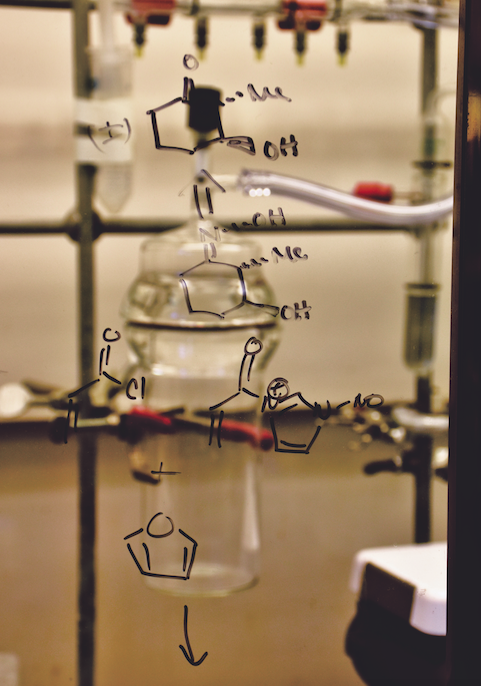The Miller laboratory of Yale’s Department of Chemistry recently made a discovery in peptide catalysis that could change how we think about enzymes. This discovery capitalized on the laboratory’s previous discovery of two peptide catalysts. Enzymes, or protein catalysts, are characterized by high specificity. Alford, the study’s first author, and his colleagues demonstrated that two short peptides, which are comprised of protein building block called amino acids, can catalyze two distinct, complementary reactions called oxidation reactions. This remarkable capacity is presumably due to the synthetic peptide’s overall structure: by varying just a few key amino acids outside of the active site where the reaction takes place, the same active residue can switch between catalyzing two very different reactions. This control of catalytic activity by modifying secondary structure is a hallmark of enzymes, but has had limited application in organic synthesis. Coauthor Nadia Abascal described this finding as a “really interesting manifestation of what the [Miller] group tries to do…using tools that nature has to understand natural processes.” Synthetic reactions can be studied to gain insight into processes in nature, which may follow a similar mechanism to the reactions observed in this study.
What is especially notable is the fact that peptides are orders of magnitude smaller than enzymes, increasing our understanding of how enzymatic reactions are fundamentally controlled. Furthermore, the peptide’s small size and precise control could allow for specific synthetic applications, such as in pharmaceutical and materials research. The Miller group’s recent finding in peptide catalysis is truly important to both understanding natural biochemical processes and developing synthetic applications.

